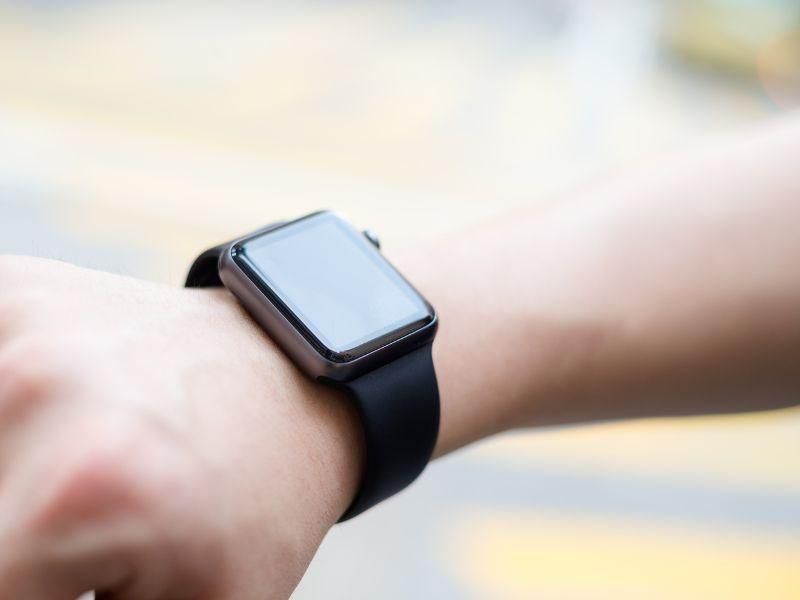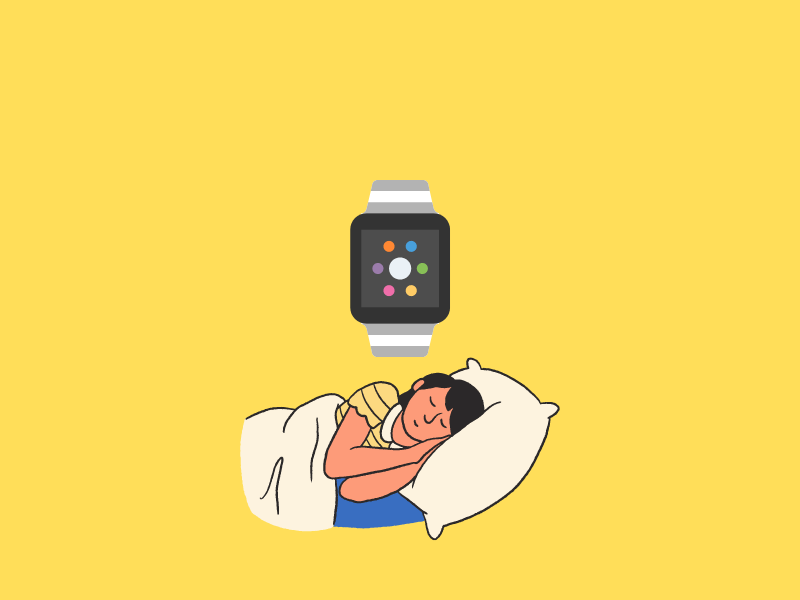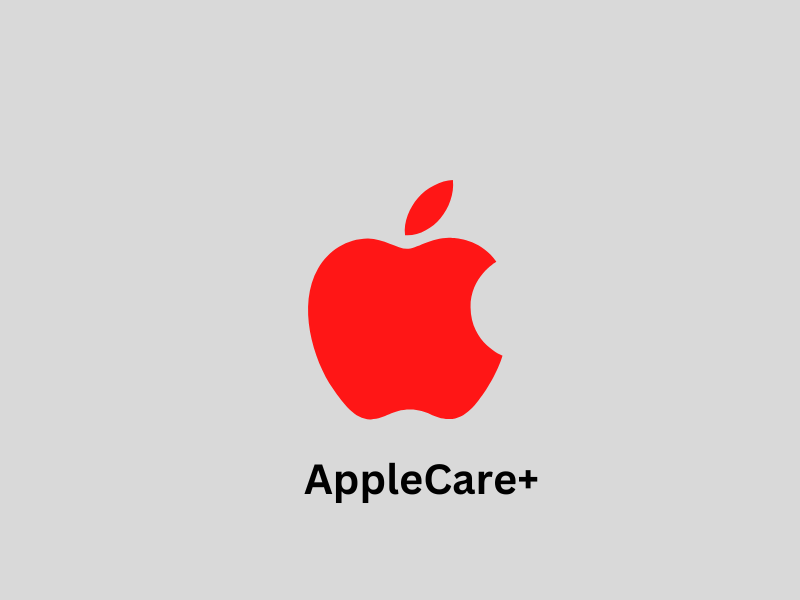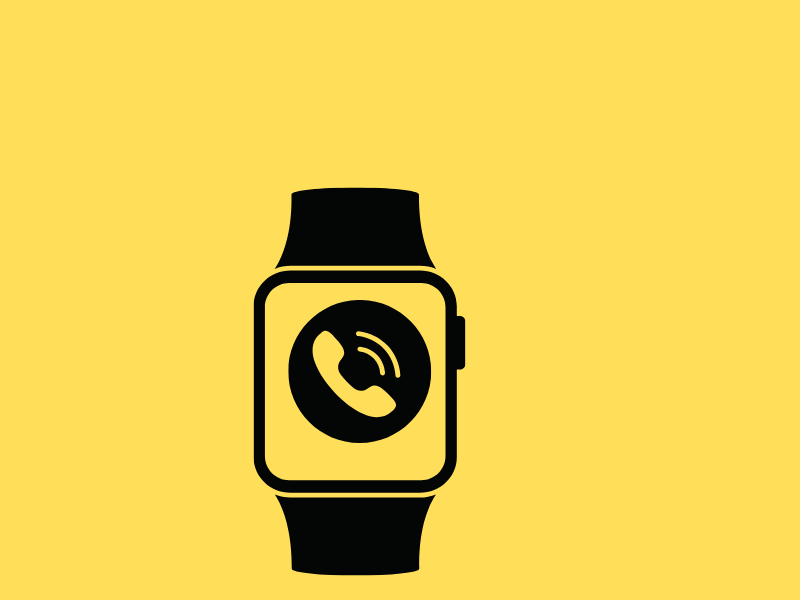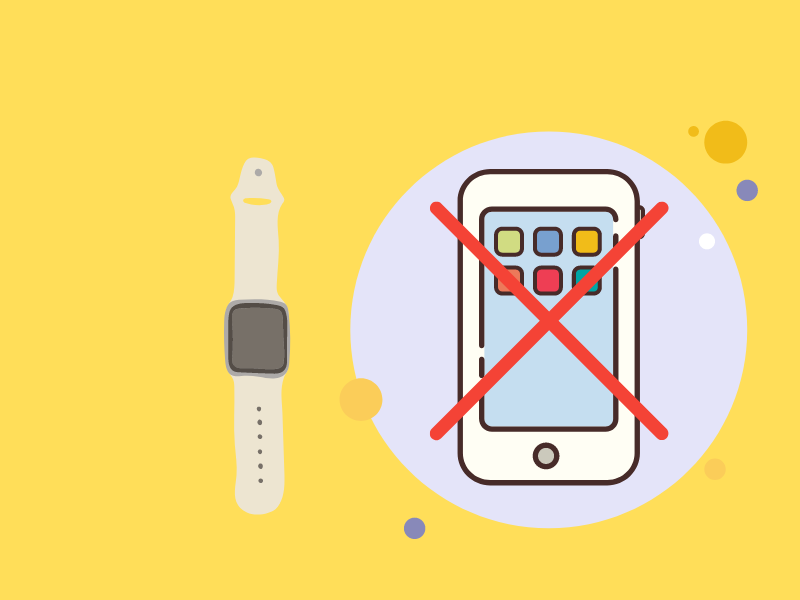Do I leave Apple Watch always-on display activated?
Since the release of the Apple Watch, one of the most debated topics has been whether or not to put on the “always-on” display feature. Some people say it’s a waste of battery life to have the screen on all the time, while others believe it’s necessary to keep track of important notifications and updates. So, which is correct? Should you always leave your watch display on or turn it off when you’re not using it? Here’s what you need to know.
What is Always-on Display on Apple Watch?
The always-on display feature is a setting that keeps your Apple Watch screen active and visible even when you’re not actively using it. By default, the watch face will dim after a few seconds of inactivity or when you put your wrist down and will go off completely after a minute or so.
However, when the always-on display is enabled, the watch face will stay illuminated all the time. This means that you can always see the time, even if your watch is inactive. Also, you will always see notifications once they appear on the screen.
Apple Watch Series 5 and later can display the time and other screen information even if you are not looking at the screen. This feature is enabled by default on Apple Watch Series 5 and later. “Always-on” is not available on Apple Watch SE.
How to turn on Apple Watch Always-on Display?
The feature can be turned on and off according to the user’s preference. The user can also choose what can be displayed on the screen when they put it down. To turn the feature on, follow the steps below:
- Open the Settings app on your Apple Watch.
- Tap Display & Brightness.
- Toggle on Always-On.
How to customize what appears on Apple Watch Always-on Display?
After enabling the always-on display feature, you can further customize what information appears on the screen when it’s inactive. This includes things like the time, date, battery level, and even complications from third-party apps. To customize what appears on your always-on-display, follow the steps below:
- Open the Settings app on your Apple Watch.
- Tap Display & Brightness.
- Under the Always On section, select show notifications, show Apps, or show complications depending on your Apple Watch model. Apps that are capable of being shown are displayed on the screen.
- You can add or remove apps you don’t want to show on the screen.

Does the Apple Watch Always-on Display use more battery?
The always-on display feature will use more battery life than if the feature was turned off. However, the amount of battery life used will depend on a few factors. These include things like the watch face that you’re using, the brightness of the screen, and how much information or notifications are being displayed.
Generally, you can expect the always-on display to use between 1-3% of your battery life per hour. This means that if you have a watch with an 18-hour battery life, you can expect the always-on-display to use up about 3-6 hours of that battery life based on random testing.
When your wrist is down, the display dims or a quick motion of covering it with your hand will do so. This helps to preserve battery life. Everything comes back to full brightness when you raise your wrist or tap the screen so that you can use your watch.
How long does Apple Watch last with Always-on display?
Based on the battery life tests, we can conclude that the Always on display feature will significantly impact your Apple Watch’s battery life. With the feature turned on, you can expect to get through about 18-20 hours of use without recharging your watch.
Of course, your mileage may vary depending on how you use your watch and what apps you have installed. For example, if you install many battery-hungry apps or games, you may notice a more significant impact on your battery life.
Also, if your screen’s brightness is turned up to the max, you may notice that your battery drains a little faster than usual. However, the always-on-display feature significantly impacts your Apple watch’s battery life.
Does Always-on screen cause Apple Watch burn?
There is no definitive answer to this question. Some users have reported that they have experienced screen burn on their Apple Watch after using the always-on-display feature for an extended period of time.
However, it’s important to note that screen burn can occur on any type of device, not just the Apple Watch. It’s also worth noting that no scientific evidence suggests that the always-on-display feature causes screen burn.
So, while some users may have experienced screen burn after using the always-on-display feature, it’s unclear whether there is a causal relationship between them.
Is the Always-on display worth it on Apple Watch?
The Always-on display feature is a great addition to the Apple Watch. It’s perfect for those who want to be able to see the time and other important information without having to raise their wrist or tap the screen.
The feature does have some drawbacks, however. For example, it can impact your battery life and possibly cause screen burn for some users.
Overall, suppose you’re looking for a way to stay connected and informed at a glance without having to interact with your watch constantly. In that case, the Always on feature is definitely worth considering.
Should I leave my Apple Watch Always-on Display turned on?
There is no right or wrong answer to this question. It ultimately comes down to personal preference and how you plan on using your watch.
The Always on option is a wonderful way to stay connected and informed without having to interact with your watch constantly. However, if you’re worried about the impact on your battery life or the potential for screen burn, you may want to turn the feature off.
Ultimately, the decision is up to you. Try out the Always-on display feature and see if it’s something you find useful. If not, you can always turn it off.
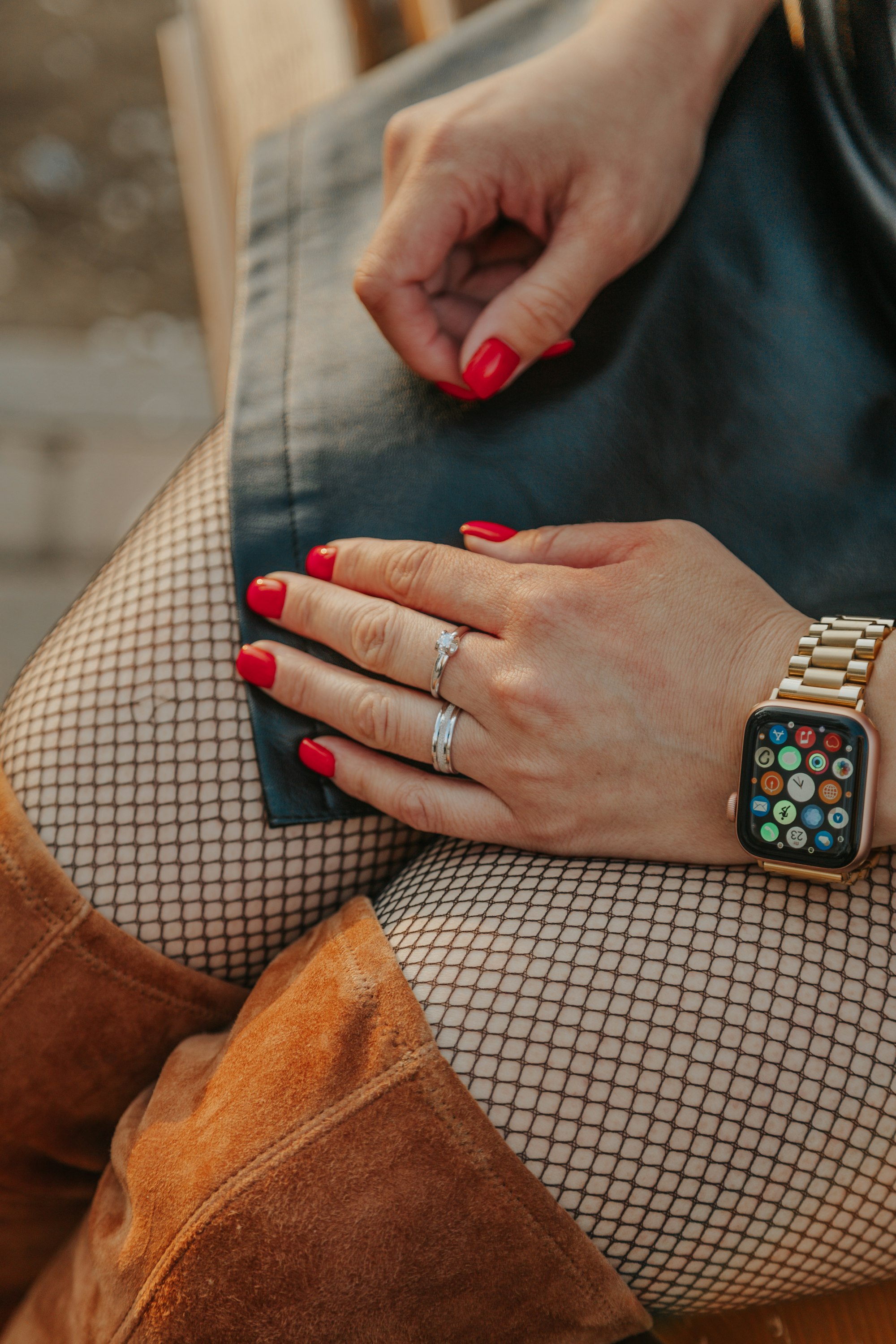
Wrap up
Apple Watches are notorious for their battery life and keeping on the display is a significant factor in this. But does that mean you should turn it off? The answer to this question is subjective as there’s no right or wrong answer. It ultimately comes down to your preference, how often you use your watch, and if you want notifications pushed onto the screen when they arrive.
If not, then turning off always-on display may be worth considering. Furthermore, if you’re concerned about the effect on your battery life or the risk of screen burn, then it may be best to keep the feature turned off.
Ultimately, the choice is yours. Try out the always-on-display feature and see if it’s something you find useful. If not, you can easily turn it off in the settings menu.
Hope you enjoyed the article?
Thanks for reading. Do check out other articles on this blog.
For more featured articles like this, click on the home page.
